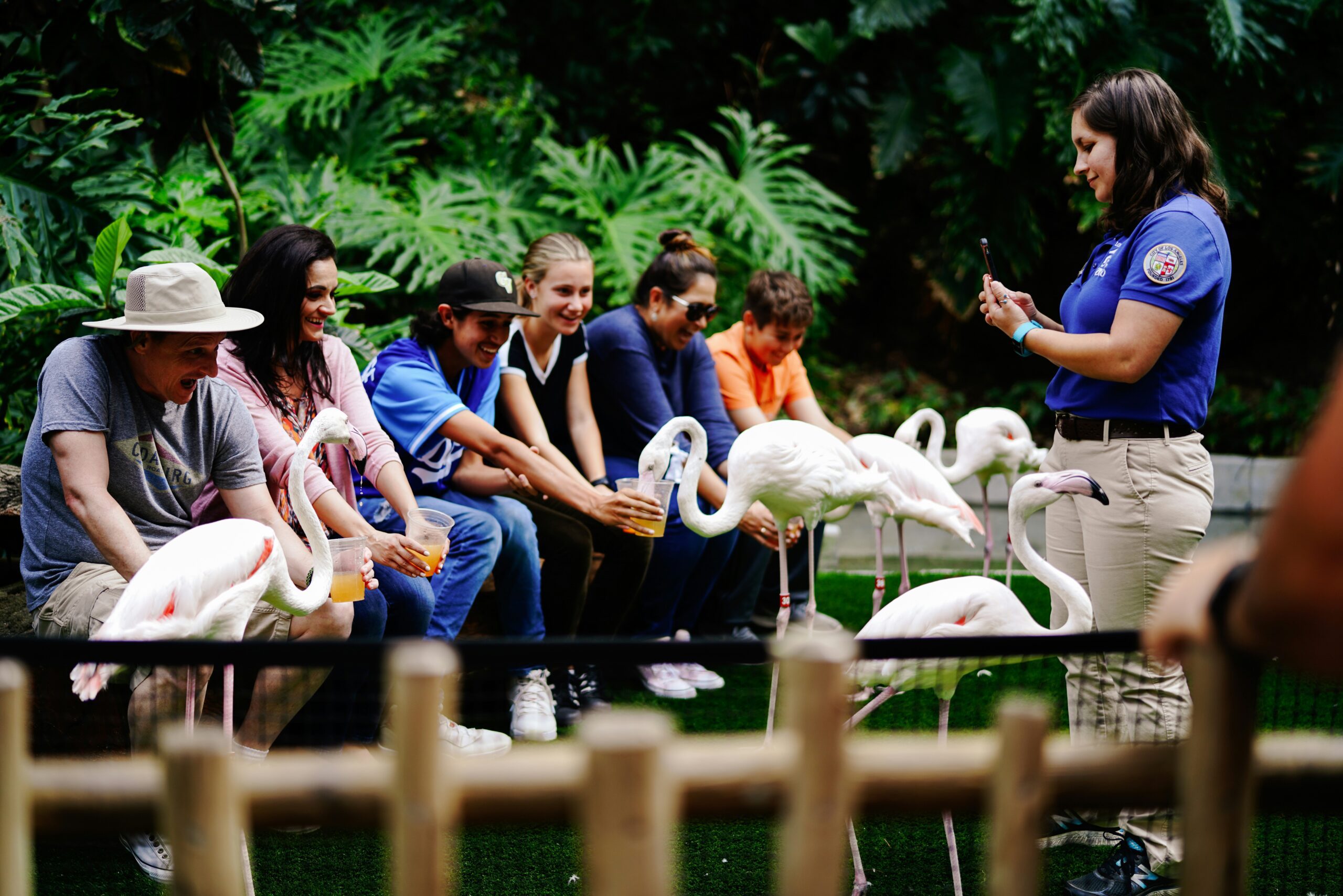When it comes to tourism, certain destinations experience seasonal fluctuations in visitor numbers. Whether it’s due to weather conditions, cultural events, or other factors, many places see a surge in tourists during specific times of the year. However, with the right user interface (UI) and user experience (UX) innovations, travel websites and apps can attract visitors year-round, even during off-peak seasons.
1. Personalized Recommendations
One way to keep travelers engaged throughout the year is by offering personalized recommendations. By analyzing user preferences and behaviors, travel platforms can suggest destinations and activities that align with individual interests. For example, if a user has previously shown an interest in hiking and nature, the platform can recommend off-peak hiking destinations or indoor nature exhibits during the colder months.
2. Dynamic Content
Another effective UI/UX innovation for year-round travel is the use of dynamic content. By regularly updating content based on seasonality, travel platforms can keep users engaged and informed about the best experiences available at any given time. This can include highlighting seasonal events, festivals, or attractions that are unique to each season. By showcasing the diversity of experiences throughout the year, travel platforms can encourage visitors to explore destinations during off-peak periods.
3. Weather Integration
Weather conditions play a significant role in travel decisions. By integrating weather information into travel platforms, users can easily access current weather forecasts for their desired destinations. This feature can help travelers plan their trips more effectively, especially during seasons with unpredictable weather patterns. Additionally, providing weather-related recommendations such as indoor attractions or outdoor activities suitable for specific weather conditions can further enhance the user experience.
4. Local Events and Festivals
Many destinations have unique events and festivals that attract visitors during specific times of the year. By including a dedicated section for local events and festivals, travel platforms can highlight the cultural experiences available throughout the year. This can help travelers discover lesser-known events and encourage them to visit during off-peak seasons. Including detailed information about each event, such as dates, locations, and activities, can further enhance the user experience.
5. Off-Peak Deals and Discounts
Travel platforms can also encourage year-round travel by offering exclusive deals and discounts during off-peak seasons. By partnering with hotels, airlines, and other travel service providers, platforms can provide users with attractive offers that incentivize travel during quieter times. Promoting these deals prominently on the platform and sending personalized notifications to users can help increase engagement and bookings during off-peak periods.
6. Virtual Tours and Experiences
In times when physical travel may be limited or restricted, virtual tours and experiences can be a valuable addition to travel platforms. By offering virtual tours of popular attractions or unique experiences, platforms can provide users with the opportunity to explore destinations from the comfort of their homes. This feature can be especially useful during off-peak seasons when travel might be less feasible. By incorporating interactive elements and immersive technologies, virtual tours can provide a memorable and engaging experience for users.
7. User Reviews and Recommendations
User reviews and recommendations are crucial for building trust and credibility in the travel industry. By including a dedicated section for user-generated content, travel platforms can provide valuable insights and recommendations from fellow travelers. This can help users make informed decisions about their travel plans, regardless of the season. Additionally, incorporating social sharing features can allow users to share their experiences and recommendations, further enhancing the user community and engagement.
In conclusion, by implementing these UI/UX innovations, travel platforms can attract visitors year-round and mitigate the effects of seasonal fluctuations in tourism. Personalized recommendations, dynamic content, weather integration, local events and festivals, off-peak deals and discounts, virtual tours and experiences, and user reviews and recommendations all contribute to a more engaging and inclusive user experience. By embracing these innovations, travel platforms can ensure that travelers find value in their services throughout the year, ultimately leading to increased user satisfaction and loyalty.











Leave a Reply